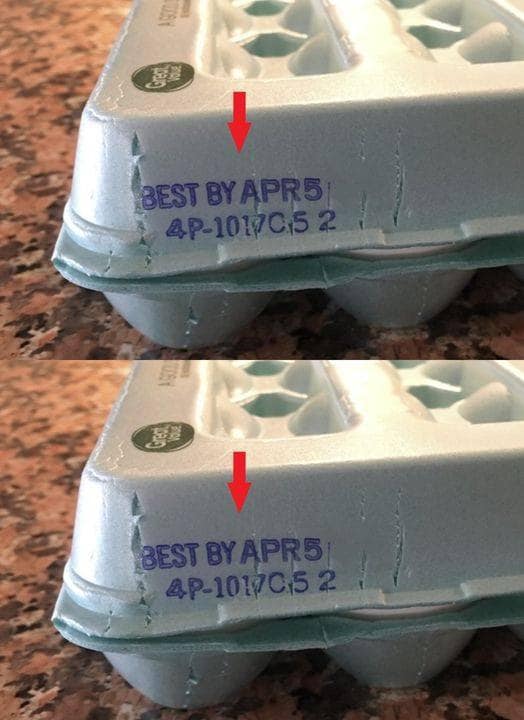Pay attention to this date from now on. It’s not just any expiration date. After working for many years in grocery stores, I notice that most people buy eggs without really looking at this detail.
If you are egg lovers like me, there’s happiness in cracking an egg, whether it’s for a fluffy omelet, baking a cake, or making fried rice. I sometimes get eggs from the farmer’s market but mostly they come from the supermarket in coded boxes. Learning these codes became important over time.
The three-digit code on the carton is called the Julian date and shows what day of the year the eggs were packed. For instance, 001 means January 1st and 365 means December 31st. There’s also a code that starts with ‘P’ – which is the plant code showing where the eggs were processed and this is very important during recalls. A few years ago during a salmonella outbreak, I checked both the plant code and Julian date to make sure my eggs were safe.
Eggs can be good for up to 30 days after packing if stored right! I always check that Julian date when buying them so I know when to use them for best freshness.
Look out for USDA grade shields and labels like “organic” or “pastured.” Grade AA eggs are top quality; great for frying or poaching while Grade A ones are slightly less firm but still good for cooking!

Understanding egg carton codes helps ensure quality and safety which makes your meals better! Next time you grab some eggs decode that carton & enjoy high-quality ones in your cooking adventures!

Leave a Reply